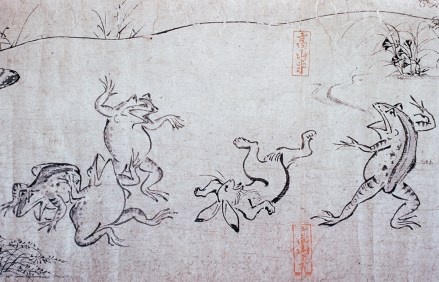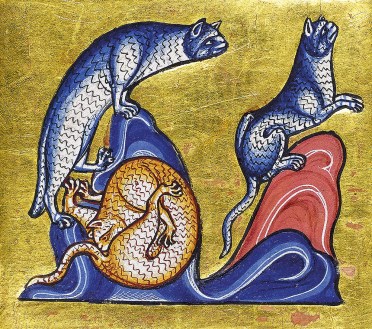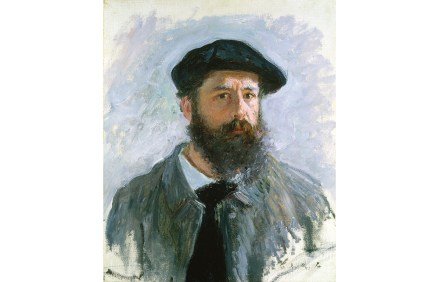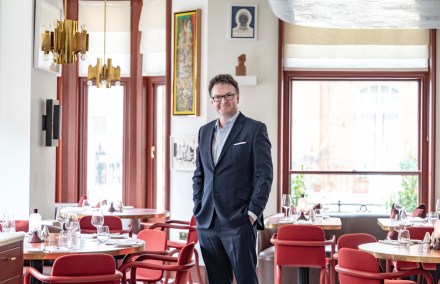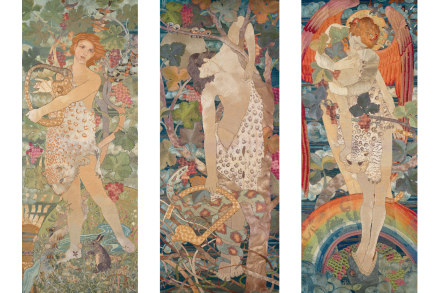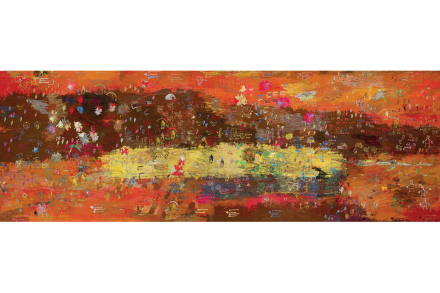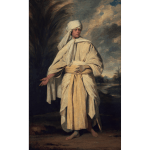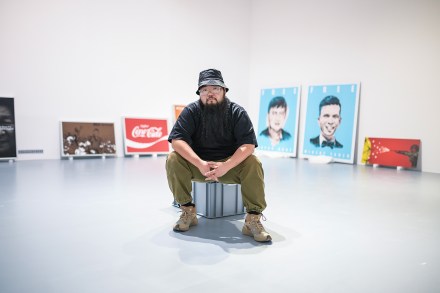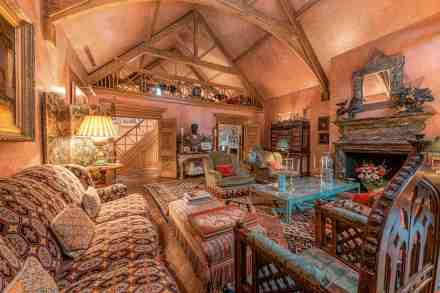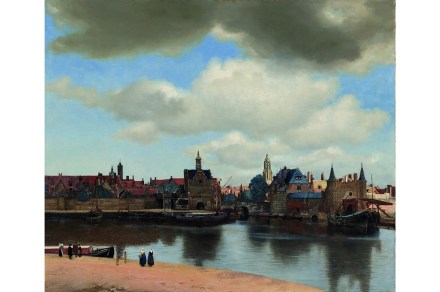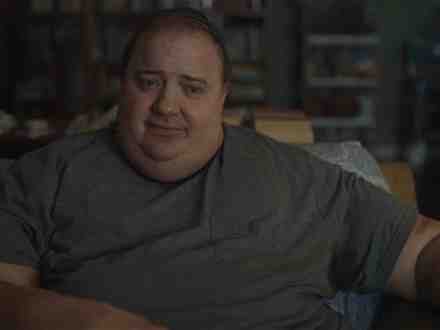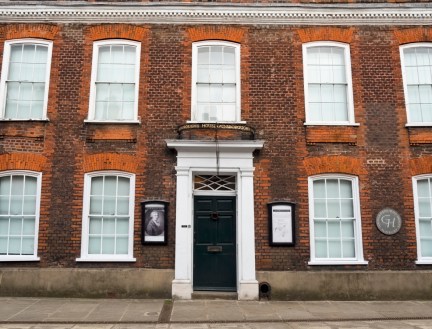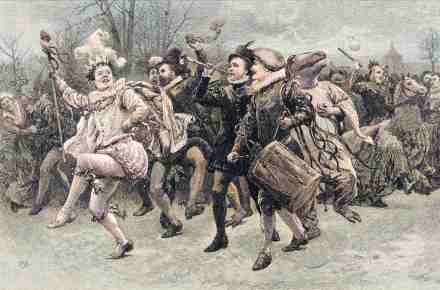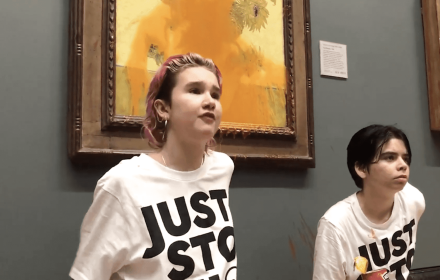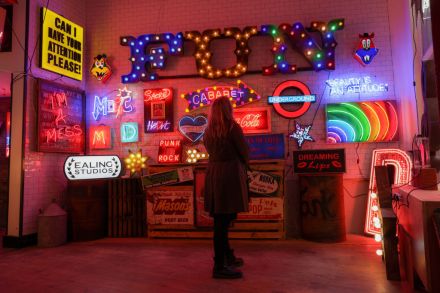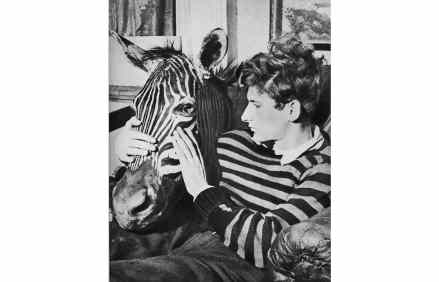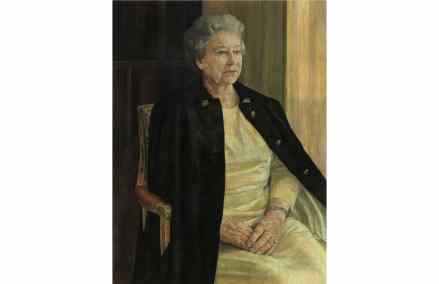Why are the Japanese so obsessed with the cute?
Joshua Paul Dale is a professor of American literature and culture at Chuo University in Tokyo and a pioneer in what is apparently a burgeoning academic field called ‘Cute Studies’ – or what Damon Runyon might have called ‘Pretty Cute’ Studies, as in ‘“Are You Kidding Me? You Study This?” Studies.’ In fairness, Dale makes a strong case for his subject to be taken seriously. Irresistible is packed with references to all sorts of neuroscientific studies and cultural studies and studies about theories of animal domestication and the evolution of ‘affiliative social behaviour’, which lead Dale to posit that cuteness is a ‘species-wide emotion’. Is it an emotion? I don’t
